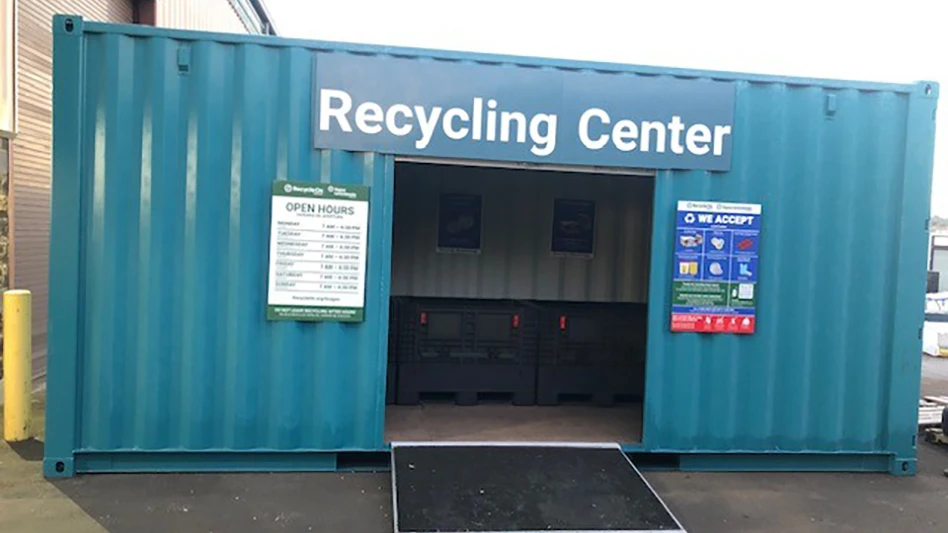Paper recyclers have not dealt with such large numbers on their financial spreadsheets for several years. The demand for secondary paper of almost every grade is reaching the kinds of heights not seen since 1995.
Most mentions of 1995 and paper recycling in the same sentence make paper recyclers understandably nervous. That year, scrap paper prices zoomed upward in the first eight months of the year, only to plummet back down at a rate so rapid as to be noteworthy even in the volatile world of commodities.
It is understandable, then, that the current pricing levels could make those buying and selling scrap paper a little bit uneasy. But part of the discomfort comes not from a fear of history repeating itself, but rather that a new form of trouble could be in store for the paper recycling industry.
Paper mills that have opened up or converted to accept large quantities of secondary fiber did so with financial projections that almost certainly did not forecast scrap paper prices to be as high as they are at this time.
Even an efficiently run paper mill has to feel the financial strain when costs for the single largest expense on the ledger zoom upwards, in some cases tripling in a twelve month span. While finished product prices have also strengthened, in many cases it is difficult for mills to raise their prices at the same speed at which secondary fiber prices have been rising.
For mills that are almost exclusively reliant on scrap paper—such as de-inking mills—the ability to complete with more flexible competitors could become a problem.
One potential similarity to events five years ago is strong demand from Asia for scrap paper. Erratic buying habits by Indonesian mills were blamed by some for the 1995 price rollercoaster. This year, Chinese buyers are taking in significant tonnage. On the metals side, Chinese buyers have shown a tendency to enter markets suddenly and leave just as swiftly, so paper recyclers may have at least one reason to be wary of a 1995 rerun.
Other indications, however, point to stronger demand fundamentals closer to home, with both the paper and building products industries consuming unprecedented levels of secondary fiber.
While in 1995 the rest of the U.S. economy enjoyed stable growth despite the hit suffered by paper recyclers, current market fundamentals seem to indicate that it will take an overall recession to affect the current demand for scrap paper.
Demand is so good—and pricing so high—that one current concern is that some consumers will soon hit a price point that will cause them to show a renewed interest in virgin forest products.
If pricing remains at its high levels and supply begins to be stretched (despite more attractive prices paid to generators), paper recycling faces the prospect of being a victim of its own success.
While it is comforting to have hungry consumers anxious for scrap paper, the recent advances for paper recycling could be tarnished if too many of those consumers are left with a bad taste in their mouths caused by a feeling that they have either overpaid for supply or that the perceived endless supply of scrap paper is not as bountiful as promised.

Explore the May 2000 Issue
Check out more from this issue and find your next story to read.
Latest from Recycling Today
- US Steel to restart Illinois blast furnace
- AISI, Aluminum Association cite USMCA triangular trading concerns
- Nucor names new president
- DOE rare earths funding is open to recyclers
- Design for Recycling Resolution introduced
- PetStar PET recycling plant expands
- Iron Bull addresses scrap handling needs with custom hoppers
- REgroup, CP Group to build advanced MRF in Nova Scotia





